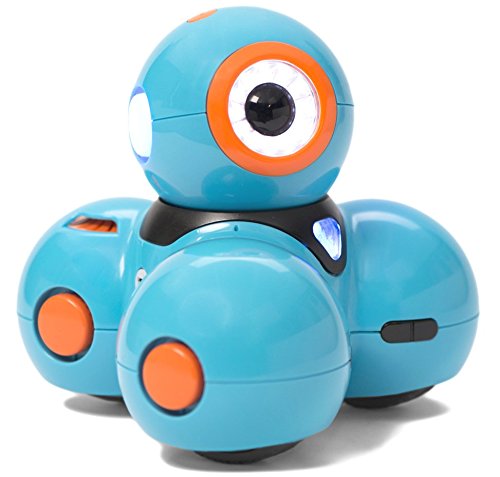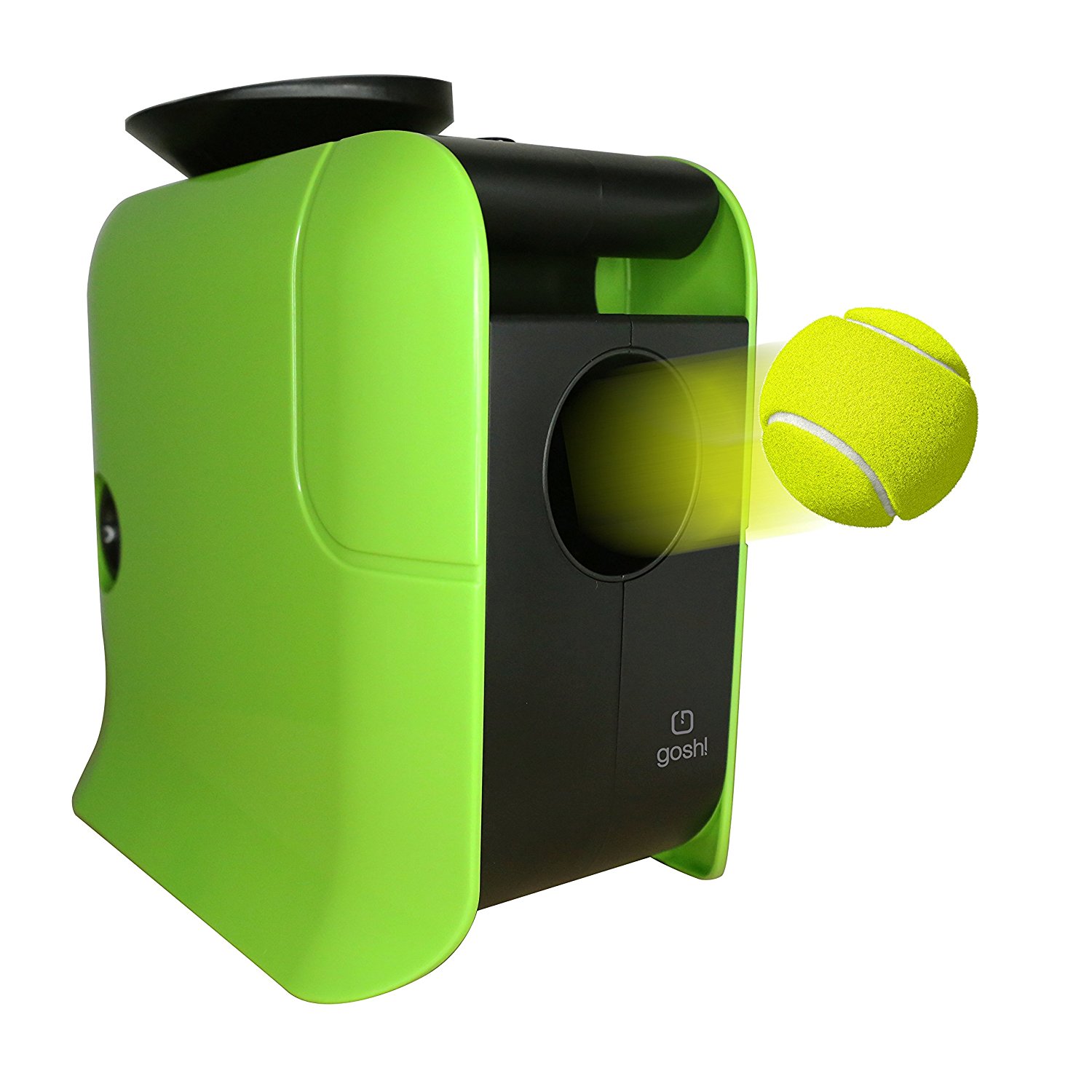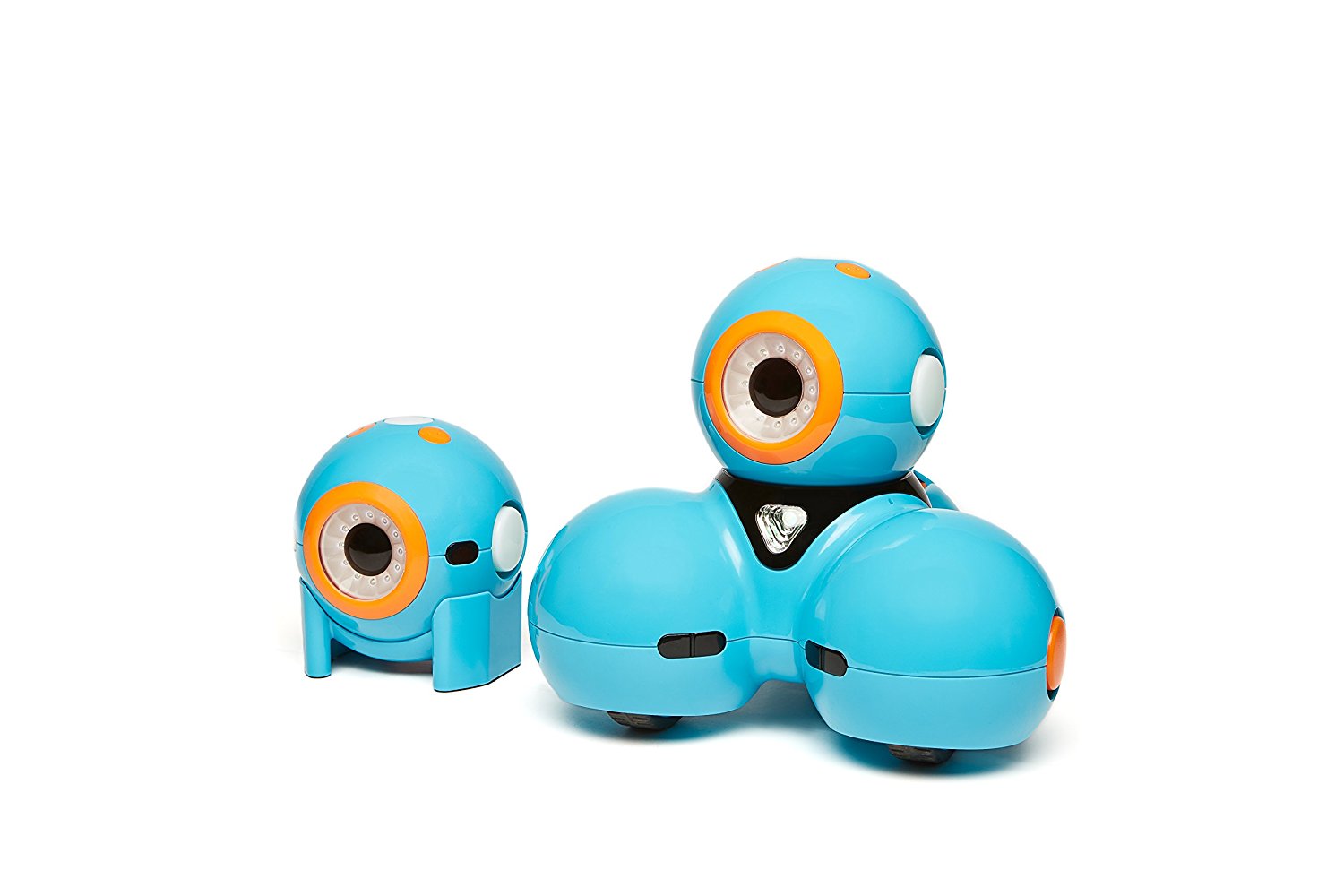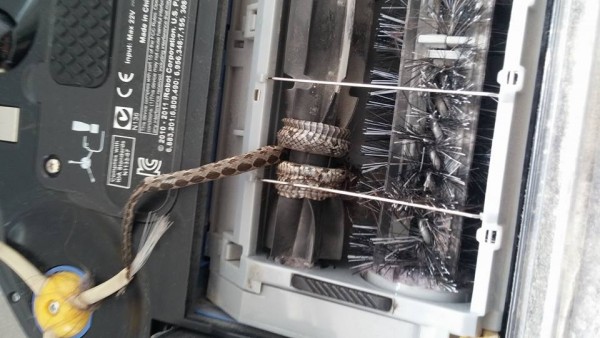Man first invented the computer so it could help us with our daily work and we are trying our best to make our complex lives and its task easier by inventing new methods and technologies. For which education and knowledge which interest and creativity flow are important for one to make such innovations and discoveries. Knowledge and interest can be further developed by education and practice.
The same is the case with a graduate student, Alyssa Batula, from Drexel University in Pennsylvania who has been very much successful in designing a robot and programming it to play the twinkle twinkle little star rhyme on the keyboard/piano. Let’s agree with it, Robots are known for assisting us in making lives better, but this Robonova humanoid robot is programmed and designed in such a way that it can play the twinkle twinkle little star rhyme on the keyboard when placed in nine different positions, in the C scale at any interval desired.
Jaemi Hubo has also designed a robot that will have the ability to dance, and it has been trained to dance to any beat using thirty preprogrammed positions. So, this live audio beat tracking trained robot and the Robonova humanoid robot can both be used as great entertainment robots, which are not so common in the field of robots, as these designs are one of its kind and not many of these exist.
These robots have been designed to eventually create humanoids that can move and act like us, so one fine day, you will have a robot amidst humans that will be a replica of a human and can do almost everything a human can. I believe this is known as investing in a sustainable future, and this is just the beginning, I am pretty darn sure as time progresses, there are going to be many more greater and bigger robotic designs and innovations by bright students like these.
Bipedal robot and snow man USB are some other cool posts related to robot and robotic designs which might just be of your interest, be sure to check them out.
via: singularityhub.com











